11 Tools to Run a Computer Vision Project
Explore essential tools for computer vision, from OpenCV and TensorFlow to Keras and PyTorch, each offering specialized capabilities for image processing, object detection, and model deployment, enhancing project efficiency and accuracy.

The use of computer vision technology is growing swiftly and altering how individuals interact with their surroundings. Self-driving cars and facial recognition software are only two examples of the practical problems that computer vision technology is used to solve. However, developing a computer vision project can be difficult and require a range of specialized tools and techniques.
This blog will examine some of the top tools that can help your computer vision project succeed, regardless of your degree of experience. No matter how much or little computer vision experience you have, finding the best computer vision software can help you do your job more efficiently and effectively.
Types Tools to Run a Computer Vision Project
For a computer vision project, you can employ a range of technologies, from hardware and cloud computing platforms to software libraries and frameworks. The following are some of the most important tool categories to consider:
1. Software Libraries
Numerous open-source software programs can be used to build computer vision applications. The three most popular libraries are OpenCV, TensorFlow, and PyTorch. These libraries provide many different methods and functions for handling pictures and videos, recognizing objects in images and videos, and more.
2. Frameworks
You can create and deploy computer vision applications more quickly using computer vision frameworks. A few well-known frameworks are Keras, Caffe, and MXNet. These frameworks offer a variety of tools and functionalities for developing, testing, and applying computer vision models.
3. Hardware
Your computer vision models' accuracy and performance might be greatly impacted by the hardware you utilize. Due to their ability to dramatically speed up the training process, GPUs are frequently employed for deep learning applications. Computer vision software can also be accelerated using specialized hardware like the Intel Movidius Neural Compute Stick.
4. Cloud Computing Platforms
Platforms for cloud computing like AWS, Azure, and Google Cloud can offer strong resources for computer vision research. These platforms provide a variety of services that can make running your computer vision applications more effective, such as virtual machines, containers, and machine learning models.
5. Development Environments
You can manage your code, data, and resources more efficiently with the aid of development environments. Jupyter Notebooks, Spyder, and PyCharm are common programming platforms for computer vision projects. A variety of tools for code editing, debugging, and visualization are available in these contexts.
6. Training Data Platforms
Online platforms that give users access to labeled datasets for computer vision and machine learning tasks are known as training data platforms. These systems provide a range of data annotation services, such as voice transcription, text annotation, image labeling, and video labeling. Platforms for computer vision projects that use training data include Labelbox, SuperAnnotate, Scale AI, Labellerr, and Hive.
Overall, a variety of resources, such as software libraries, frameworks, hardware, cloud computing platforms, and development environments, are accessible for use in computer vision projects. You may improve performance, accuracy, and efficiency and produce better outcomes by carefully choosing the appropriate tools for your project.
Some of the Popular Tools to Run a Computer Vision Project
A computer vision project can be run in full detail using a number of technologies. Here are a few of the best:
OpenCV
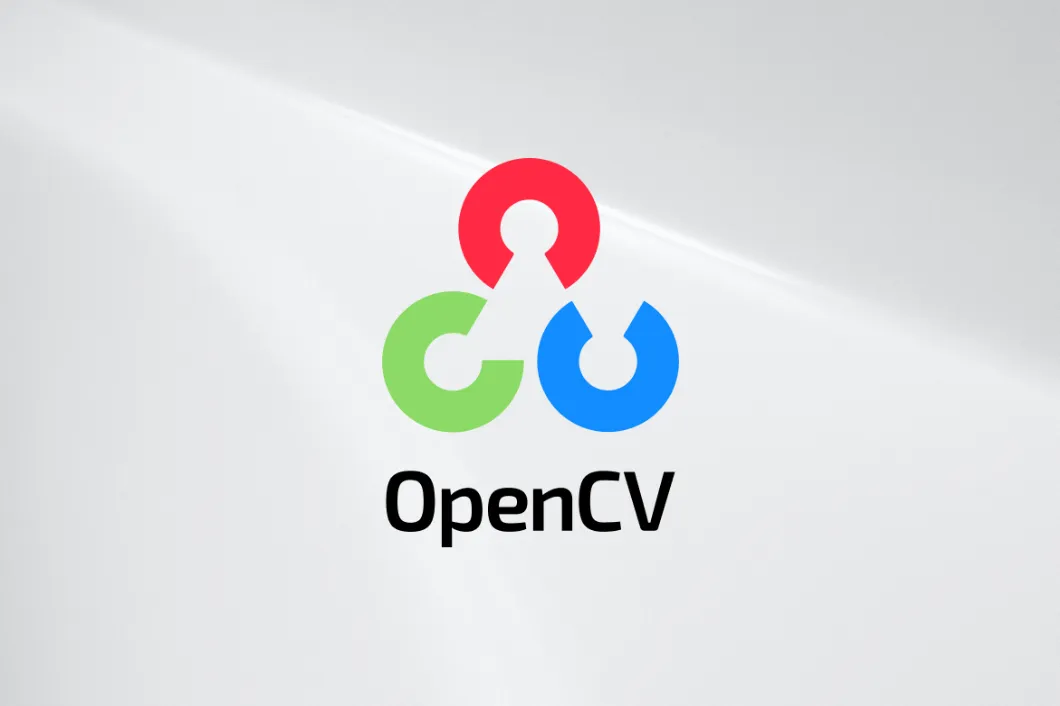
OpenCV is a well-known open-source computer vision toolkit for processing images and videos. It supports multiple programming languages, including Python, C++, and Java, and offers numerous methods for image processing, object detection, and tracking.
TensorFlow
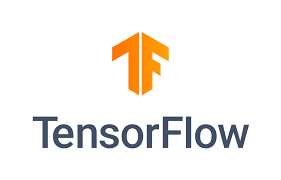
A well-known open-source machine learning toolkit called TensorFlow can be used for a variety of tasks, including computer vision. It may be used with several computer languages, including Python, C++, and JavaScript, and includes pre-trained models for image recognition, object detection, and segmentation.
PyTorch
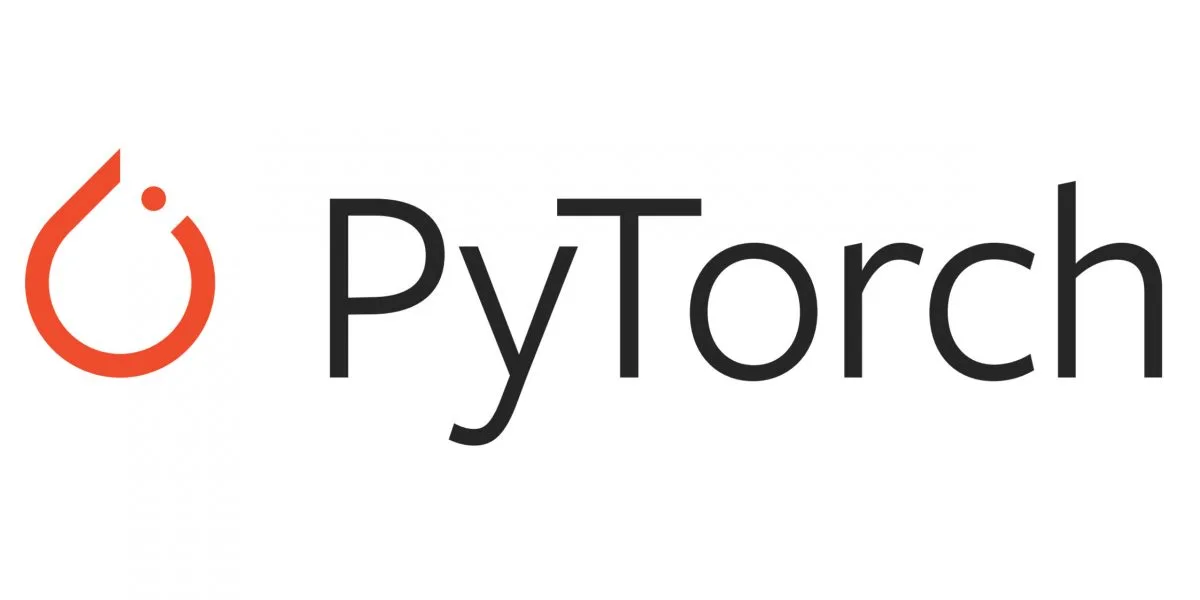
Another well-known open-source machine learning package that can be utilized for computer vision tasks is PyTorch. It works with Python and provides pre-trained models for object identification, segmentation, and picture recognition
Keras
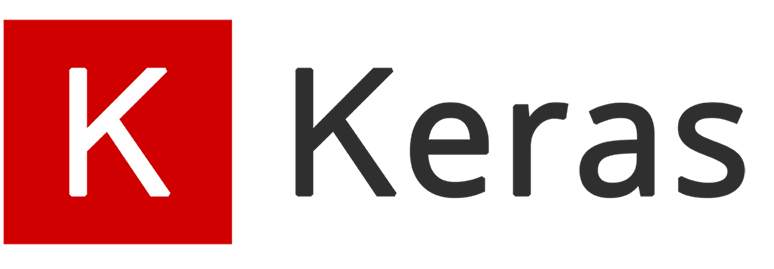
A high-level neural network API called Keras can be used with Theano or TensorFlow. It works with Python and provides pre-trained object identification and image categorization, models.
Caffe
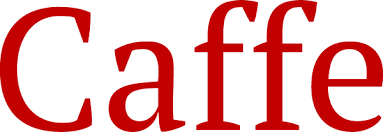
A deep learning framework that can be utilized for computer vision tasks is Caffe. It is compatible with MATLAB, C++, and Python and comes with pre-trained image recognition and segmentation models.
Labellerr

Labellerr is an online platform for data labeling and annotation services specifically designed for machine learning and computer vision projects. It offers a variety of labeling and annotation services, including image labeling, video labeling, text annotation, and audio transcription.
MATLAB

For problems involving image processing and computer vision, one common programming language for scientific computing is MATLAB. It may be used with MATLAB programs and comes with many toolboxes for image and video processing.
Microsoft Cognitive Toolkit (CNTK)
.webp)
Microsoft created the deep learning framework CNTK, which may be applied to computer vision problems. It works with C++, Python, and C# and includes pre-trained models for image classification, object detection, and segmentation.
Scikit-image

A Python image processing library called Scikit-image contains a number of techniques for picture segmentation, feature extraction, and filtering. It is compatible with Python.
Dlib

Dlib is a C++ machine learning package containing several face detection, facial landmark detection, and object tracking algorithms. It can be utilized with Python or C++.
Mahotas
The Python image processing package Mahotas contains a number of methods for image filtering, segmentation, and feature extraction. It is compatible with Python.
Overall, the choice of determining the best computer vision software depends on the specific requirements of the computer vision project, including the available resources, the complexity of the task, and the programming language preferences.
Conclusion
In conclusion, several top tools are available to run a computer vision project in complete detail. OpenCV, TensorFlow, PyTorch, Keras, Caffe, MATLAB, Microsoft Cognitive Toolkit (CNTK), Scikit-image, Dlib, and Mahotas are some of the popular tools that can be used for image and video processing, object detection, tracking, and segmentation tasks.
The choice of finding the best computer vision software depends on the specific requirements of the project, including the available resources, the complexity of the task, and the programming language preferences. These tools can significantly improve the accuracy and efficiency of machine learning models for various computer vision applications.
Explore more such informative content here!
FAQs
- What are the best tools for carrying out a computer vision project?
The best computer vision tools include OpenCV, TensorFlow, PyTorch, Keras, and Caffe.
2. What is OpenCV?
OpenCV (Open Source Computer Vision Library) is a popular open-source software library for computer vision and machine learning. It has a number of functions and algorithms for processing and analyzing images and videos.
3. What is TensorFlow?
TensorFlow is a Google open-source machine learning framework. It offers a robust ecosystem of tools, libraries, and resources for developing and deploying machine learning models, including computer vision applications.
4. What is Keras?
Keras is a Python-based open-source neural network library. It serves as a high-level interface for deep learning frameworks such as TensorFlow and Theano. Keras makes it easier to create and train neural networks, such as those used in computer vision applications.
5. What is Caffe?
A: The Berkeley Vision and Learning Centre (BVLC) created Caffe, a deep learning framework. It is well-known for its speed and efficiency in training and deploying deep neural networks. Caffe is a popular tool for computer vision research and applications.
6. Where can I find out more information about the computer vision project tools?
Each tool's official website contains detailed documentation, tutorials, and examples. There are also online courses, blogs, and forums devoted to computer vision and machine learning that might provide additional learning content.

Simplify Your Data Annotation Workflow With Proven Strategies
.png)


